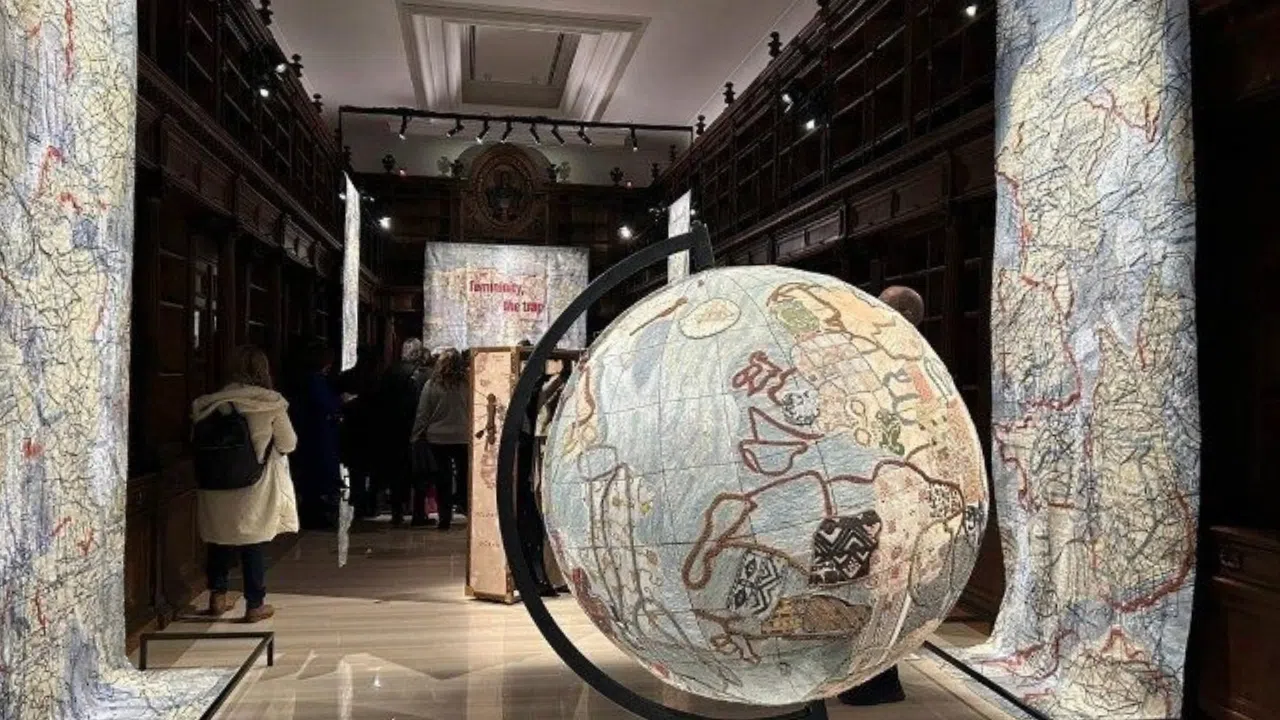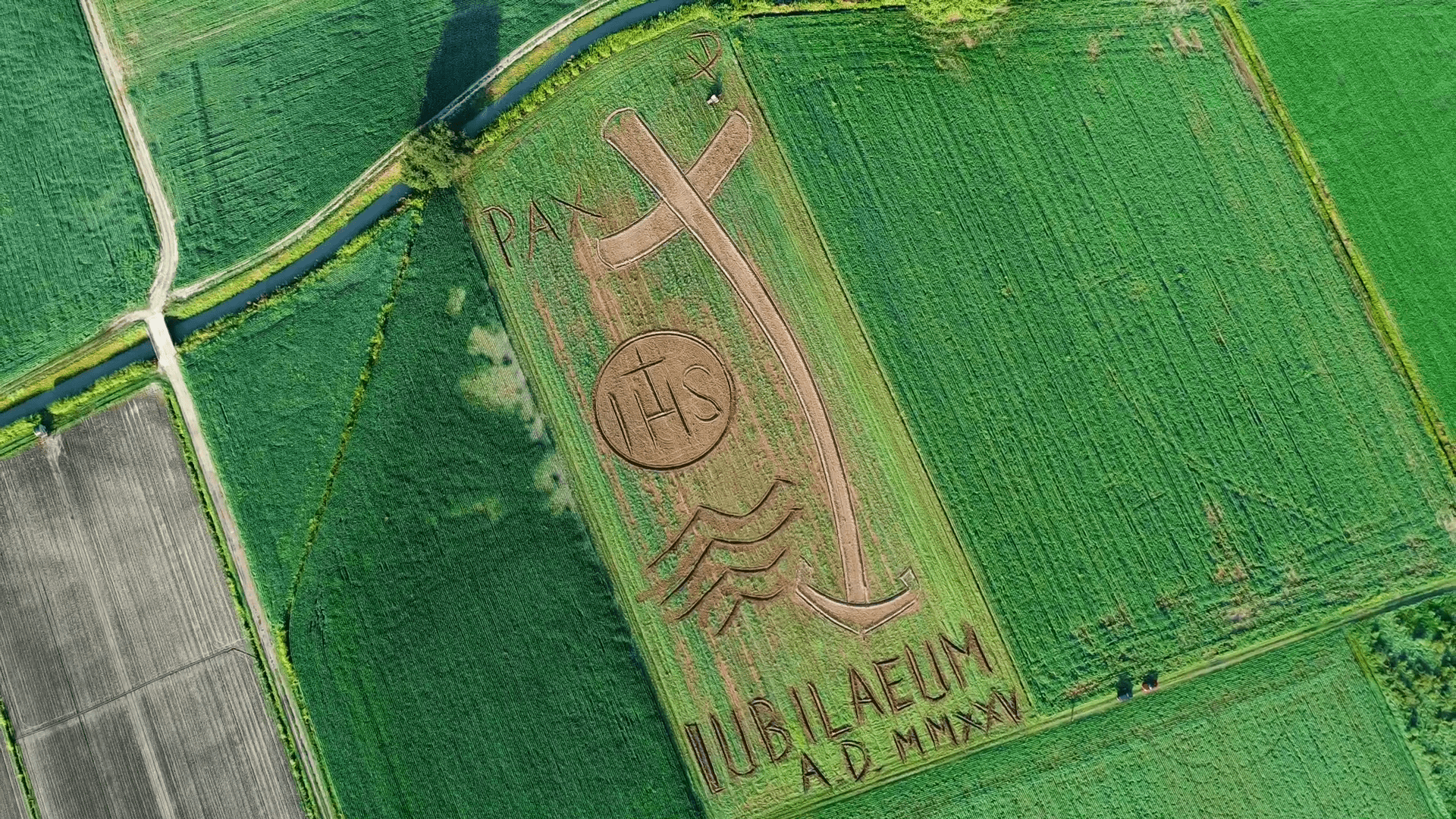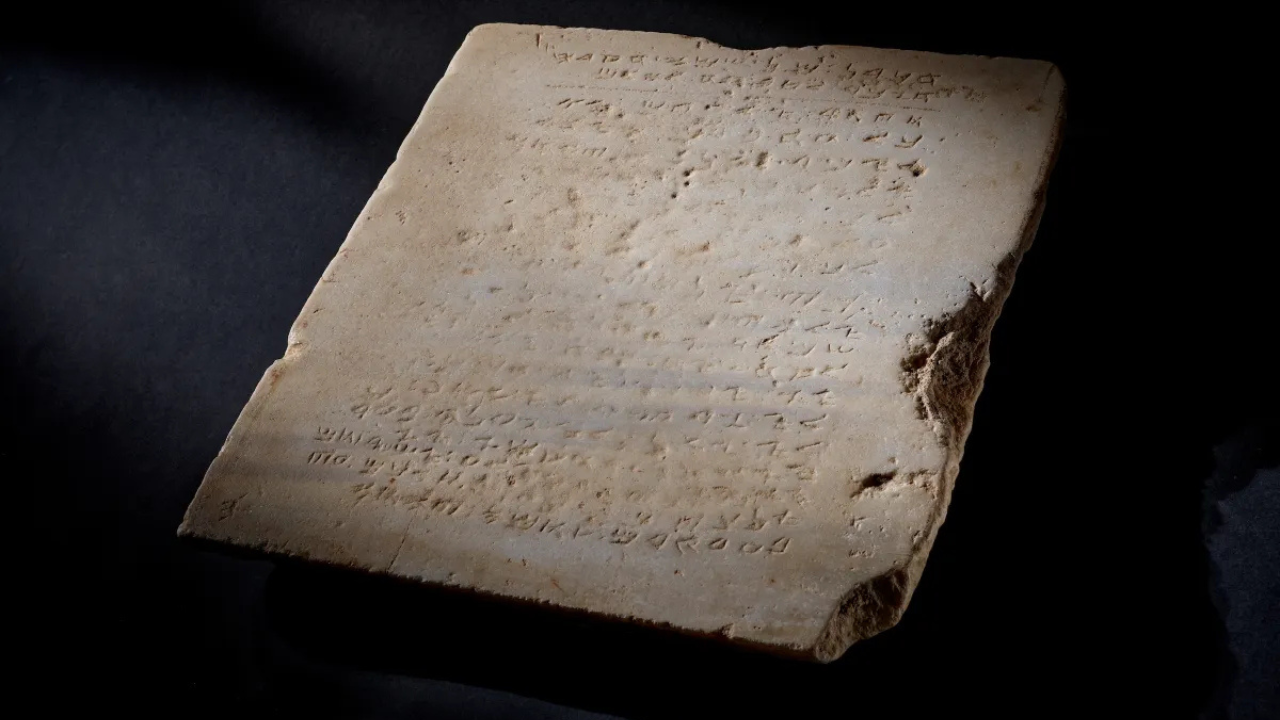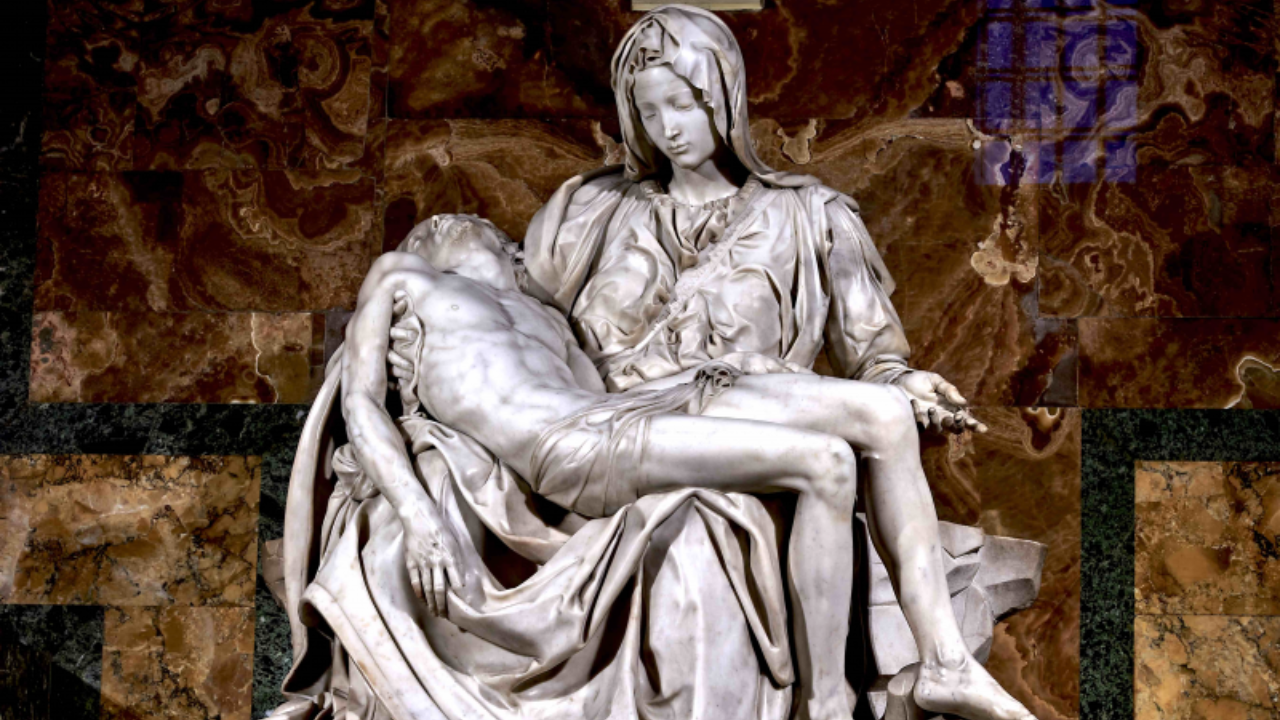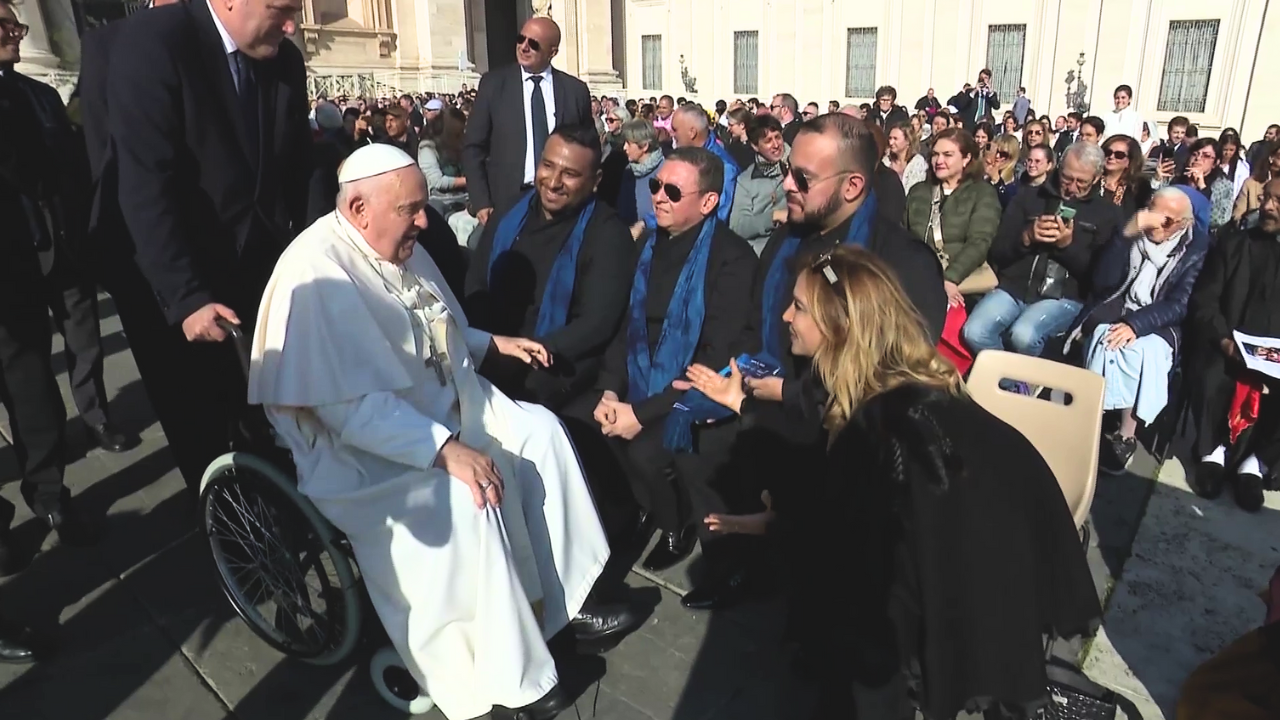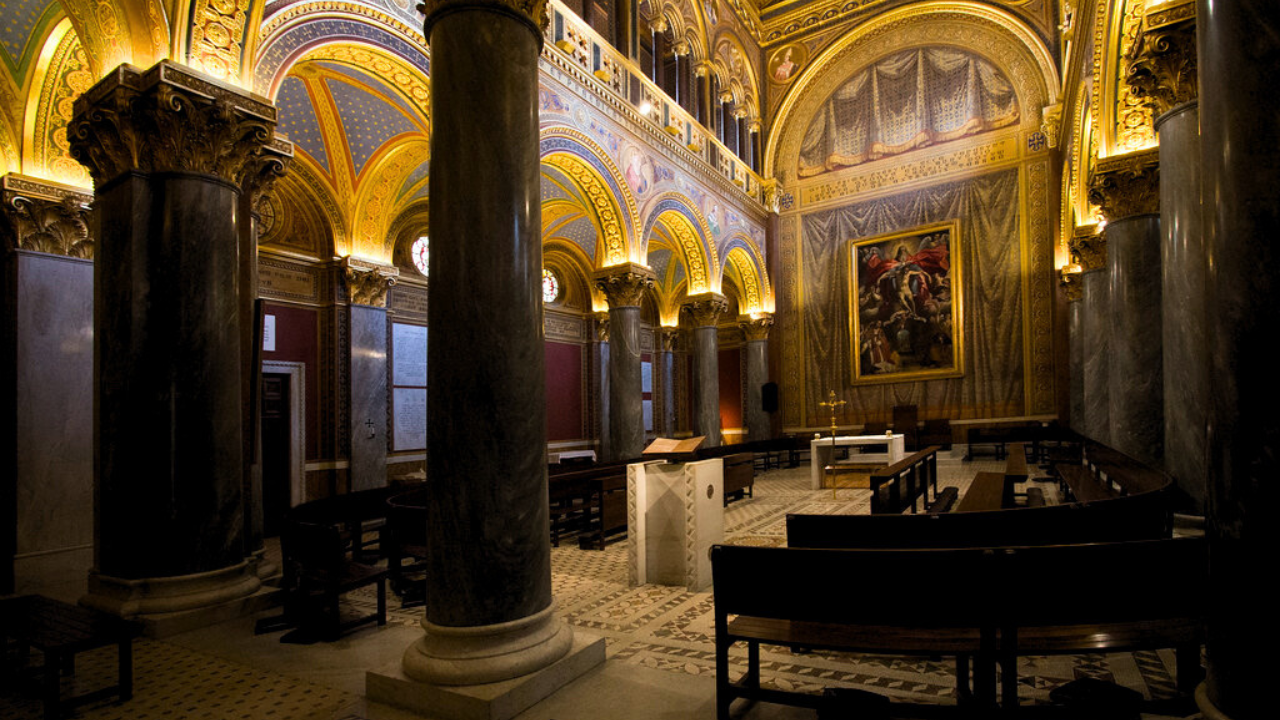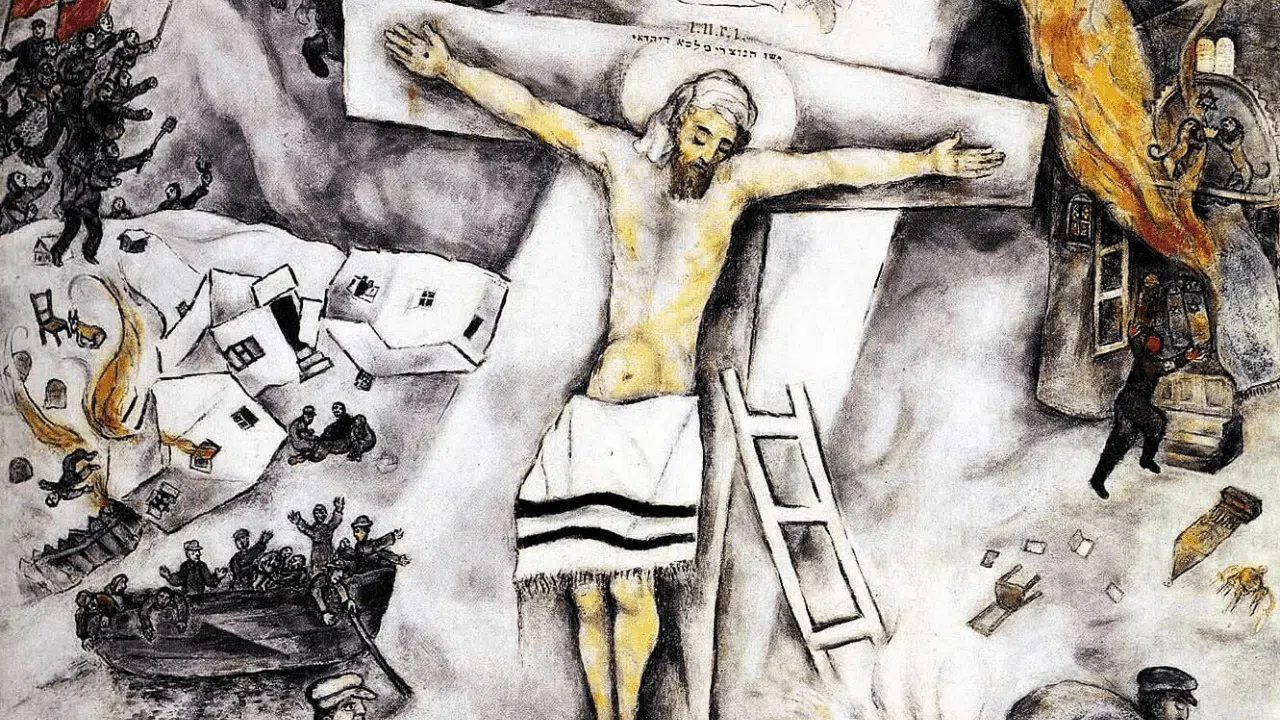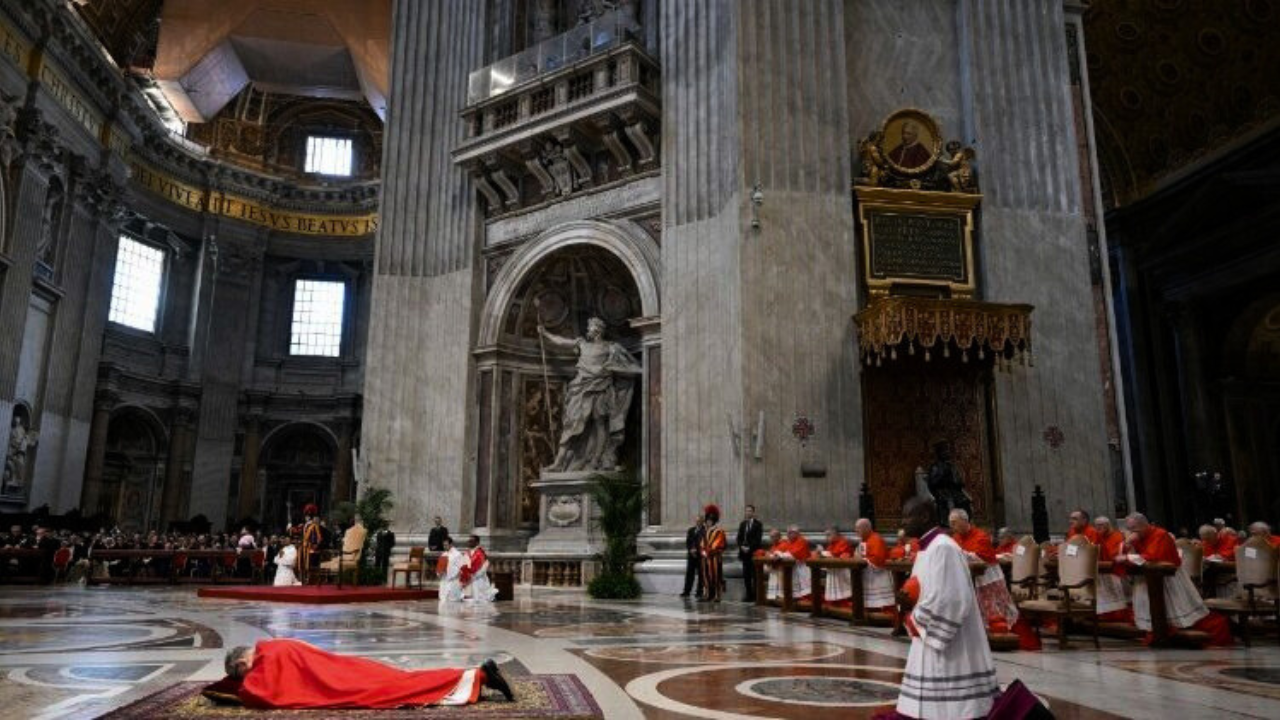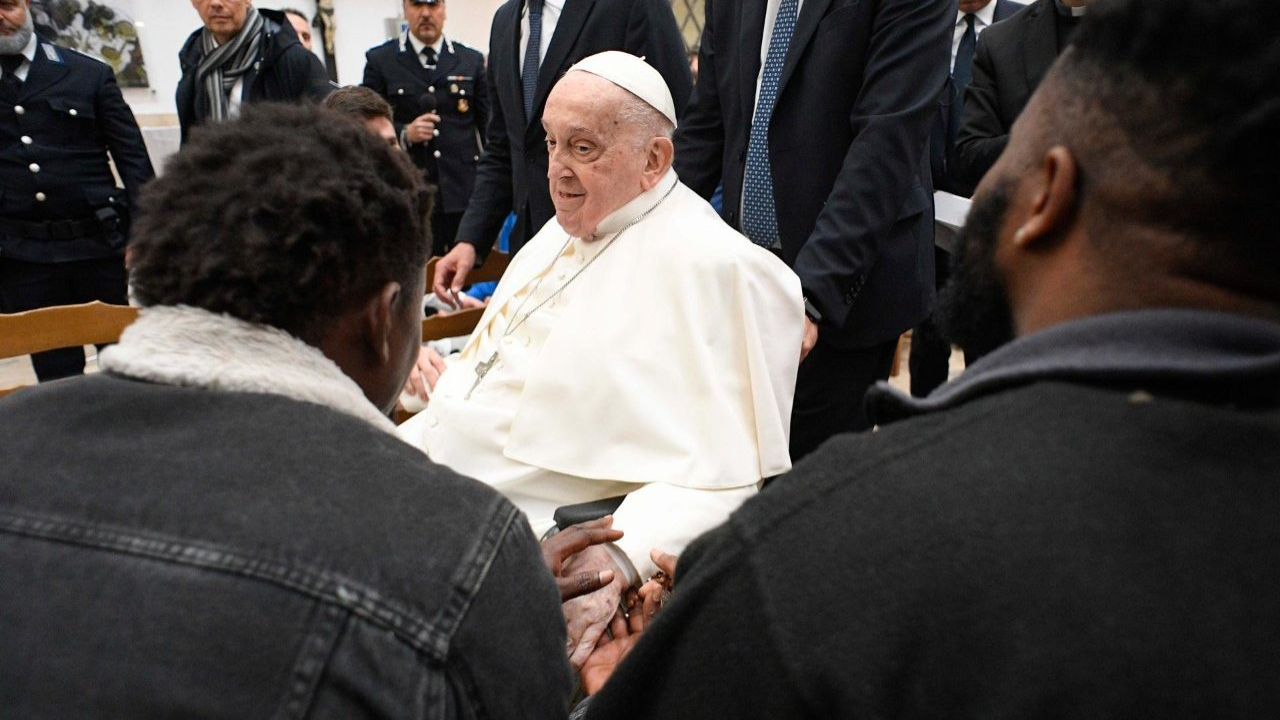Italian missionary Giovanni Battista Sidotti was dressed as a samurai when he landed on the Japanese island of Yakushima on October 12, 1708. At the time, any contact with a Christian missionary was prohibited in Japan.
TOMOKO FURUI
Author, “The Last Missionary”
“I relocated to the island of Yakushima 25 years ago. One day, I happened to find a small Catholic church close to my house and was intrigued. I spoke with the pastor, and he told me an Italian missionary from Rome had come to the island 300 years ago.”
Three years ago, in the summer of 2014, the remains of three bodies were found in a residential area of Tokyo; Giovanni Battista Sidotti's was one of them.
The author explains that this discovery brought Sidotti's story back to life, and she wanted to share it.
TOMOKO FURUI
Author, “The Last Missionary”
“The message I wanted to send with this book was that Fr. Sidotti lived in Japan for six years and met with Japanese people. He influenced Japan's history in special ways. Although their cultures and religions were different, Sidotti and the Japanese citizens found a way to exchange their hearts, and the message is that we can also understand each other, even if we're different.”
Sidotti was aware of the risk before arriving in Japan, and he knew that martyrdom could be his destiny. In fact, he was imprisoned until death for his Christian beliefs.
His story is unique and fascinating because his conversations with politician and most renowned thinker in Japan, Arai Hakuseki, allowed him to become the first prisoner in the history of the country to not be tortured.
TOMOKO FURUI
Author, “The Last Missionary”
“Thanks to the conversations with Arai Hakuseki, Sidotti was an important piece in Japan's modernization. He helped the country gain importance. Even though they were different, their souls understood one another.”
This book is further proof that the passing of time isn't strong enough to silence stories from the past and that religion can bring about big changes, as much in people as in countries.

